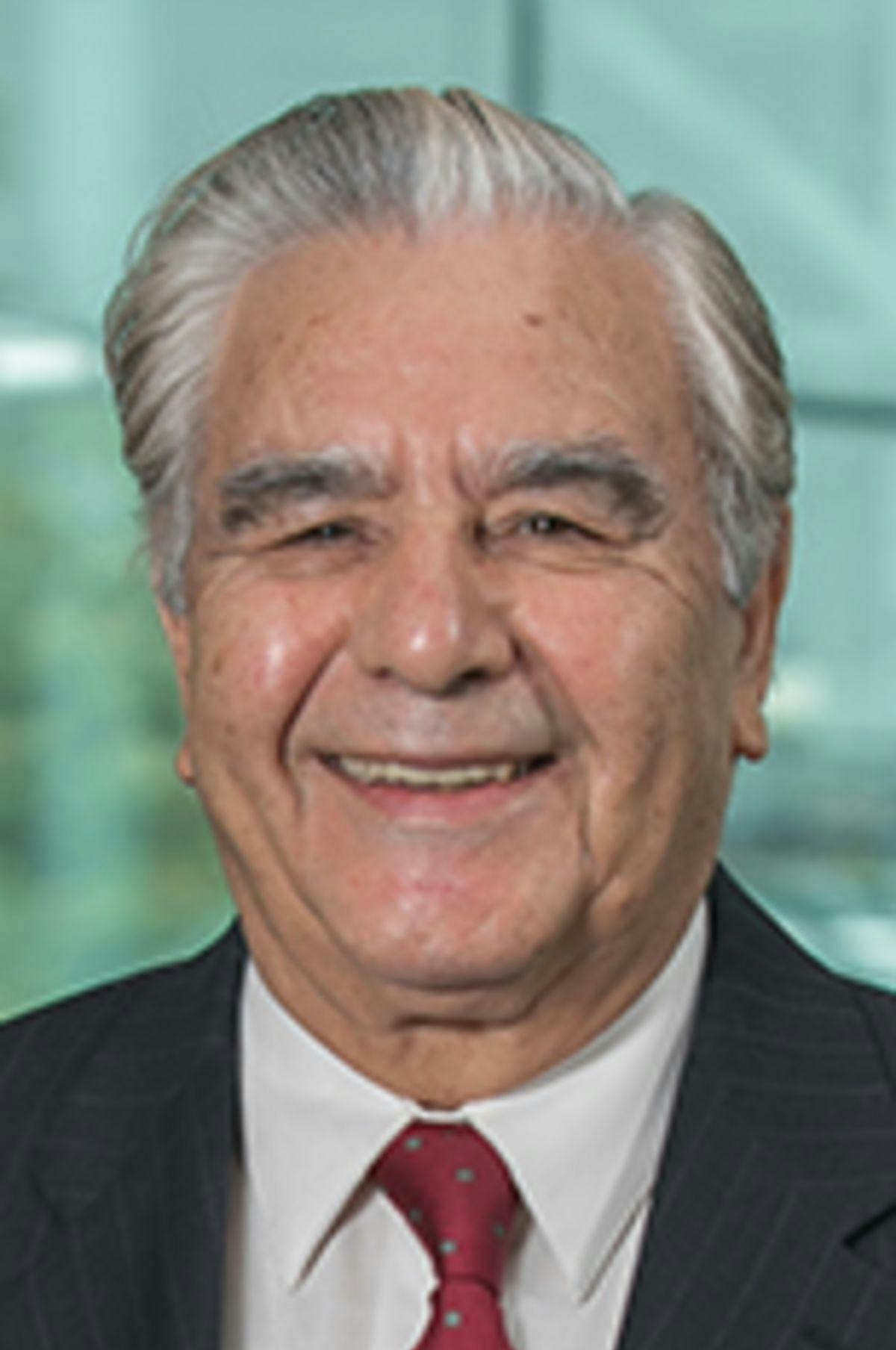Internet of (Every)Thing: How Stevens is Leading in IoT Research
IEEE Journal Breaking New Ground in Supply Chains, Smart Cities, Marketing and More
There are few technologies in business with more possibilities than the Internet of things — machines sharing data with one another in a high-tech space revolutionizing everything from how your home is heated to how your exercise is tracked.
That’s what led Dr. Mahmoud Daneshmand, an industry professor at the School of Business at Stevens Institute of Technology, to co-found IEEE Internet of Things Journal, which has fast become an authority in this sector.
“I saw IoT as something that would impact human life in every sense — health, politics, business, management, environment, science and technology,” Dr. Daneshmand said.
A uniquely Stevens journal
It’s hard to imagine a publication like IoT-J emerging out of a business school somewhere other than Stevens. At the School of Business, management disciplines are presented through the lens of technology, data and analytics, preparing leaders to confidently leverage data in making better, faster and smarter decisions. High-tech financial analytics labs enable research and instruction into how new tools can be applied to solve business problems.
Dr. Jeffrey Nickerson, associate dean of research at the School of Business, said as sensors show up in more and more places, there will be ever greater need for the perspective of business schools in researching their impact on society.
“I expect there will be all sorts of issues related to interactions between distributed machine intelligence and human intelligence — how we monitor them, how they monitor us, what happens when machine decisions have unexpected consequences — these will be factors in business models of the future,” Dr. Nickerson said. “Questions about economic growth or governance issues related to these technologies are the kind of broad issues Stevens, as a tech-focused business school, can help address.”
The forward-looking orientation at the School of Business was important to the journal’s early start on the IoT phenomenon. The idea for the journal — IoT-J, for short — goes back to 2011, at a dinner Dr. Daneshmand had in his home with fellow IEEE Fellow members Dr. John Vig and Dr. Chonggang Wang.
Dr. Vig, then IEEE’s vice president of the Publication of Sensors Council, and, Dr. Wang, member of the technical staff of InterDigital Communications — who became inaugural editor in chief of the journal — became the other co-founders, and brought extensive expertise and experience to the endeavor.
An established team of scientists
“It’s very difficult to get a new journal approved by IEEE,” Dr. Daneshmand said; in a June 2017 meeting, he said, 10 new journals were proposed, and all were rejected. “In the case of our journal, we had a well-established team of scientific people, so it was clear that the research we would bring to the table would be meaningful.”
“Businesses continue to see the Internet of things as having exciting possibilities for future growth, whether in smarter management of inventory and supply chains, intelligent business operations, or more creative, targeted marketing to customers,” Dr. Daneshmand said. Since its first issue, in 2014, IoT-J has explored a number of cutting-edge topics in this area in depth, from IoT’s role in how a smart city functions, to how it might create new opportunities in emerging computing architectures. In the spring, IEEE reported the journal has an impact factor of 7.6, which is calculated by measuring how often its articles are cited.
“The high impact factor is a result of the importance of this topic, and just how new it is — there are very few places to disseminate research on an emerging field like the Internet of things,” Dr. Daneshmand said. “So we have submissions coming from some of the brightest minds in the field.”
Dr. Daneshmand was asked to extend his term as chair of the steering committee for an additional three years, and he hopes to continue to use the journal as a showcase for kind of the forward-looking thinking that led to the publication’s creation in the first place.
“The most challenging part of my job is recognizing what areas are important and who’s doing the most interesting work in those areas,” he said. “Otherwise, you’re more limited, in terms of your impact.”




